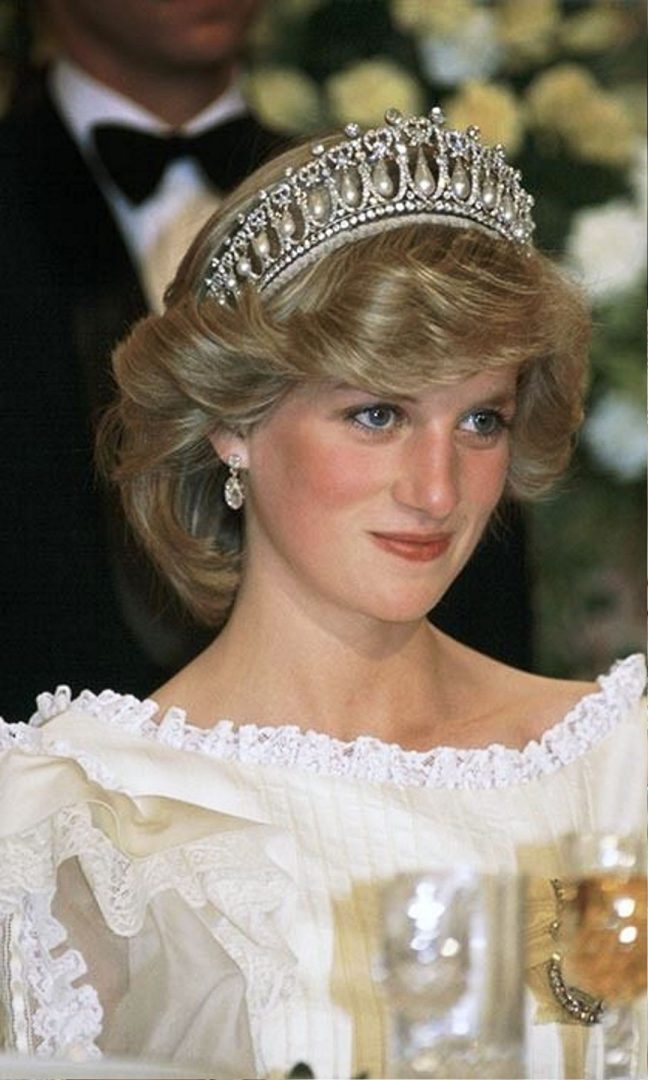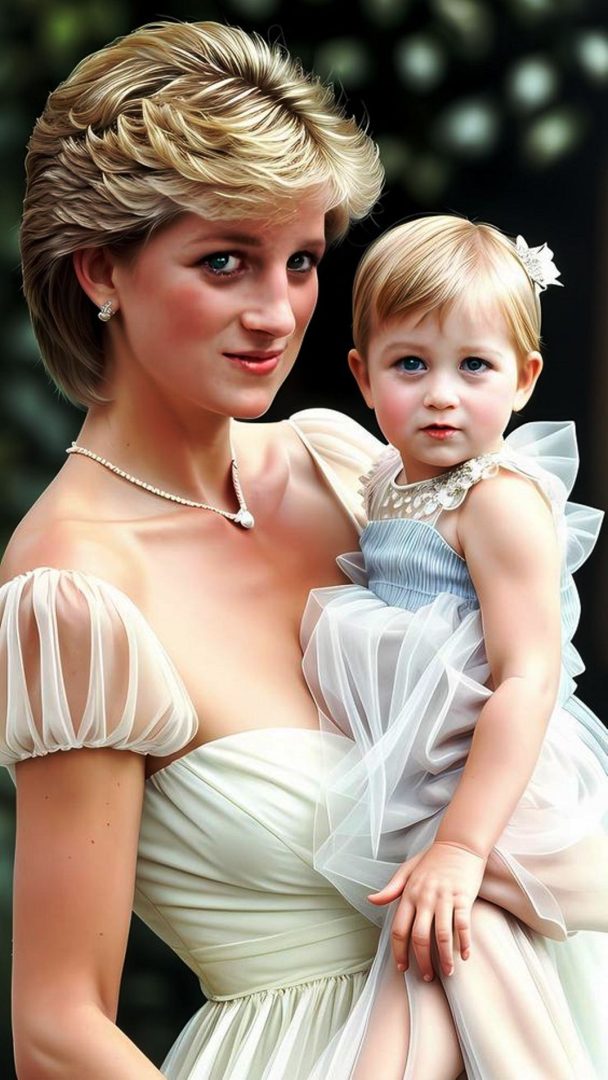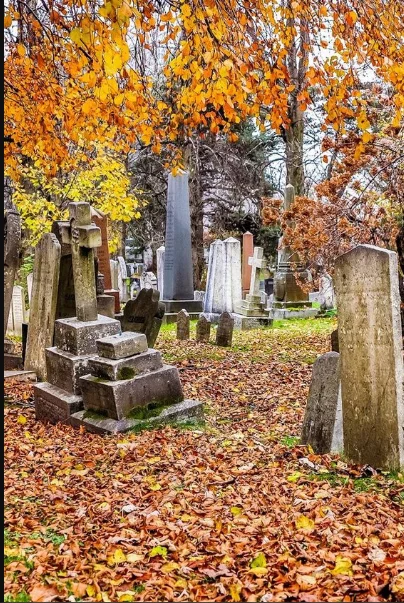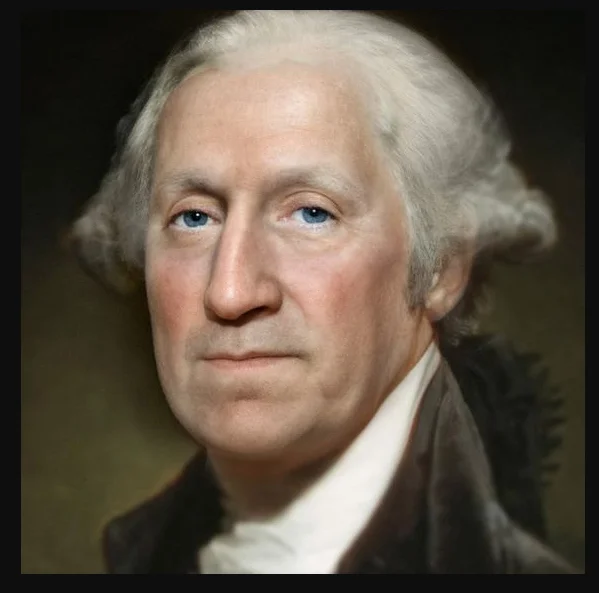The Tragic Demise of Princess Diana The Truth Behind the 1997 Car Crash
Princess Diana, a name that resonates with elegance, compassion, and the tragic fate that befell her on that fateful night in 1997. Her untimely death sent shockwaves across the world, leaving countless hearts shattered and questions unanswered. As we delve into the depths of this captivating story, we uncover the events leading up to Princess Diana’s car crash and explore the conspiracy theories surrounding it. Join us as we peel back the layers of mystery and lay bare the truth behind one of history’s most devastating tragedies. Get ready for an eye-opening journey through royalty, intrigue, and tragedy – welcome to The Tragic Demise of Princess Diana: The Truth Behind the 1997 Car Crash.
The Events Leading Up to the Car Crash
The events leading up to the car crash that claimed the life of Princess Diana were filled with both joy and turmoil. At the time of her death, she had been divorced from Prince Charles for just over a year and was embarking on a new chapter in her life. She was known for her humanitarian work and had recently made headlines with her campaign against landmines.
On that fateful night of August 31, 1997, Diana was in Paris with her companion, Dodi Al-Fayed. They had spent the day together, enjoying each other’s company and trying to evade the relentless paparazzi. The couple decided to leave their hotel and head to Dodi’s apartment.
As they left in a black Mercedes-Benz S280 driven by Henri Paul, who worked at the Ritz Hotel where they were staying, little did they know what tragedy awaited them ahead. The car sped through the streets of Paris as photographers pursued them relentlessly.
Sadly, it was during this high-speed chase that disaster struck. As they entered an underpass near Pont de l’Alma tunnel, Henri Paul lost control of the vehicle causing it to slam into a concrete pillar at an estimated speed of around 65 miles per hour (105 km/h). The impact resulted in severe injuries for all occupants of the car.
Despite efforts by emergency responders to save them, Princess Diana succumbed to her injuries shortly after arriving at La Pitié-Salpêtrière Hospital. Dodi Al-Fayed died instantly upon impact while Henri Paul’s injuries proved fatal as well.
The tragic events leading up to Princess Diana’s death shook not only Britain but also people across the globe who admired and respected her compassionate nature. It marked an abrupt end to a life dedicated to making positive change in society.
Stay tuned for our next blog section where we will delve into some conspiracy theories surrounding this devastating incident!
Conspiracy Theories Surrounding the Crash
Conspiracy theories have long surrounded the tragic car crash that claimed the life of Princess Diana in 1997. Some of these theories suggest that her death was not an accident, but rather a carefully orchestrated plot by powerful individuals or organizations. One theory proposes that the British royal family had a hand in Diana’s demise, as they allegedly disapproved of her relationship with Dodi Al Fayed, who also died in the crash. Another theory suggests that Diana was killed because she knew too much about certain political and social issues, and posed a threat to influential figures.
There are also claims that the paparazzi played a role in causing the crash, with some suggesting they deliberately pursued Diana’s car to capture sensational photographs. Additionally, there are theories pointing to involvement from intelligence agencies or even foreign governments seeking to destabilize Britain.
While many find these conspiracy theories compelling and intriguing, it is important to approach them with skepticism and rely on evidence-based investigations. Multiple official inquiries have been conducted into Princess Diana’s death, concluding that it was indeed an accident caused by excessive speed and driver negligence.
However, despite these findings, conspiracy theories persist among those who remain skeptical of official explanations. The allure of secret plots and hidden agendas can be captivating for some individuals seeking alternative narratives.
It is crucial to remember that unsubstantiated conspiracy theories can cause harm by spreading misinformation and diverting attention from factual accounts. In cases such as this one where emotions run high due to public interest in the deceased person involved – like Princess Diana – it becomes more challenging for truth seekers to separate fact from fiction.
In conclusion (not conclusive), while conspiracy theories may continue to circulate around Princess Diana’s untimely death – fueled by speculation and deep-seated mistrust towards institutions – we must prioritize reliance on credible investigations supported by evidence rather than indulging unfounded conjecture.
Investigations and Findings
Investigations and Findings
After the tragic car crash that took the life of Princess Diana on August 31, 1997, numerous investigations were launched to determine the cause of the accident. The initial investigation conducted by French authorities revealed that excessive speed and drunk driving played a significant role in the crash. However, this explanation did not satisfy many who believed there was more to the story.
Conspiracy theories soon began to circulate, suggesting foul play and a deliberate attempt to silence Princess Diana. Some claimed that powerful individuals within the royal family orchestrated her death due to her controversial relationship with Dodi Fayed. These speculations only fueled public interest and skepticism surrounding the official findings.
In response to mounting pressure from both the public and media, an independent inquiry led by Lord Stevens was initiated in 2004. This exhaustive investigation aimed at dispelling any doubts or cover-ups regarding Princess Diana’s demise. After years of thorough examination of evidence and interviews with witnesses, Lord Stevens’ report concluded that there was no evidence supporting any conspiracy theories or assassination plots.
The report confirmed earlier findings pointing towards driver Henri Paul’s intoxicated state as a key factor in causing the fatal accident. It also highlighted other contributing factors such as paparazzi pursuit and lack of seat belt usage for all passengers involved.
Despite these extensive investigations attempting to shed light on what truly happened that fateful night in Paris, some people still hold onto their beliefs in alternative explanations. Nevertheless, it is crucial not to dismiss factual information based solely on speculation or personal biases.
The legacy left behind by Princess Diana goes beyond debates over her untimely death but focuses on her immense influence during her lifetime — particularly through her humanitarian efforts worldwide. Her dedication to charitable causes has inspired countless individuals around the globe.
Princess Diana will always be remembered for challenging traditional norms within royalty while showing compassion towards those less fortunate than herself. Her impact continues even after her passing, as she proved that one person can make a significant difference in the world.
The investigations and findings following Princess Diana’s death may not have provided closure for everyone, but her legacy will continue to serve as a reminder of her remarkable character and the positive impact she had on the world.
Impact on the Royal Family and the World
Impact on the Royal Family and the World
The tragic demise of Princess Diana sent shockwaves reverberating through not only the royal family but also across the globe. The news of her untimely death shook people to their core, as she had captured hearts worldwide with her compassion, activism, and willingness to break free from traditional royal protocols.
Within the walls of Buckingham Palace, Diana’s passing left a void that could never be filled. She was seen as a breath of fresh air in an institution steeped in tradition and formality. Her ability to connect with people from all walks of life made her immensely popular among both British citizens and individuals around the world.
Moreover, Diana’s humanitarian efforts helped redefine what it meant to be a member of royalty. Through her advocacy for causes such as HIV/AIDS awareness, landmine removal campaigns, and mental health initiatives, she demonstrated that being a princess went beyond fancy dresses and formal events.
Her influence extended far beyond just charity work; Diana also played a pivotal role in modernizing the monarchy itself. By openly discussing personal struggles within a very public spotlight, she shattered taboos surrounding mental health issues and brought them into mainstream conversations.
In addition to transforming perceptions within Britain’s borders, Princess Diana’s impact reached far beyond national boundaries. Her charm captivated international audiences during official visits abroad while simultaneously raising awareness about global issues close to her heart.
Diana’s tragic accident prompted an outpouring of grief from millions worldwide who saw her as not just another member of royalty but someone they could relate to on a human level. People felt connected by shared experiences – loss, hardships faced head-on – making them feel like they had lost one of their own.
The legacy left behind by Princess Diana continues today; her sons carry on many charitable endeavors started by their mother while maintaining open dialogue about mental health challenges faced by themselves and others. Her indelible mark remains visible in countless ways, reminding us of the importance of compassion and humanity in an ever-changing world.
Legacy of Princess Diana
Legacy of Princess Diana
Princess Diana’s legacy is one that continues to captivate the world even decades after her tragic death. Her impact on humanitarian efforts and her ability to connect with people from all walks of life has left an indelible mark.
One aspect of Princess Diana’s legacy is her dedication to charitable causes. During her time as a royal, she brought attention to issues such as HIV/AIDS, landmines, and mental health. Her hands-on approach and genuine compassion inspired many others to get involved in philanthropy.
In addition to her charitable work, Princess Diana also made strides in breaking down barriers within the royal family. She challenged traditional norms and expectations by being open about her struggles with mental health and marital difficulties. This vulnerability helped remove some of the stigma surrounding these topics.
Furthermore, Princess Diana was known for connecting with people on a personal level. Whether it was visiting hospitals or comforting those affected by tragedy, she had a natural ability to empathize with others. This genuine connection endeared her to millions around the globe.
Perhaps one of the most significant aspects of Princess Diana’s legacy is how she influenced parenting styles within the royal family. She prioritized spending quality time with Prince William and Prince Harry, ensuring they had a normal upbringing despite their royal status. Today, this approach is evident in how Prince William raises his own children.
Princess Diana’s legacy is multifaceted and far-reaching. From championing humanitarian causes to challenging societal norms within the monarchy itself, she left an enduring impact on both individuals’ lives and society as a whole. Her legacy serves as a reminder of the power of empathy, kindness, and advocacy for positive change.
Lessons Learned from the Tragedy
The tragic demise of Princess Diana left an indelible mark on the world, teaching us valuable lessons that should never be forgotten. One of the most important lessons we can learn from this tragedy is the power and impact of media intrusion. The relentless pursuit of sensationalism by certain media outlets played a significant role in Diana’s life and ultimately contributed to her untimely death.
Diana was constantly hounded by paparazzi, who would go to extreme lengths to capture every moment of her private life. This invasion of privacy not only affected her mental health but also compromised her safety. It serves as a stark reminder that celebrities and public figures are entitled to their personal space, just like anyone else.
Another lesson we can take away from this tragedy is the importance of self-care and mental health awareness. Diana struggled with various emotional issues throughout her life, but unfortunately, she did not always receive the support she needed. Her story reminds us that seeking help for mental health challenges is crucial and should never be stigmatized or neglected.
Furthermore, Princess Diana’s humanitarian work serves as an inspiration for all of us. She used her platform and privilege to bring attention to important causes such as AIDS awareness, landmine removal, and children’s rights. Her dedication shows us that we all have the ability to make a positive impact on society if we choose to use our voices for good.
Let Princess Diana’s legacy serve as a stark reminder that life is fragile and unpredictable. We must treasure our loved ones while they are still with us because tomorrow is never guaranteed.
In conclusion (as per instructions), the tragic loss of Princess Diana continues to evoke powerful emotions even after decades have passed since that fateful night in 1997. By learning from the mistakes made surrounding her death and honoring her memory through compassion and kindness towards others, we can ensure that some good comes out of this immense tragedy. Let us never forget the lessons learned from Princess Diana’s life and untimely death, and strive to create a better, more empathetic world in her memory.
Conclusion
Conclusion
The tragic demise of Princess Diana continues to reverberate through history, leaving behind a legacy that will never be forgotten. Her untimely death at the age of 36 shocked the world and left millions grieving for a beloved icon.
Princess Diana’s life was marked by her compassionate nature, tireless humanitarian work, and unwavering commitment to making a positive impact on society. From her early years as Lady Diana Spencer to her marriage into the royal family and subsequent divorce from Prince Charles, she captivated hearts everywhere with her grace and warmth.
The events leading up to Princess Diana’s car crash in 1997 are still shrouded in controversy and conspiracy theories. While investigations have pointed towards driver error and paparazzi pursuit as contributing factors, questions surrounding the circumstances persist.
Regardless of the cause of the fatal accident, one thing remains clear: Princess Diana’s death had an immeasurable impact on both the royal family and people around the globe. The outpouring of grief following her passing demonstrated just how deeply she touched lives during her short time in this world.
Her funeral was a somber affair attended by dignitaries from all over the world while millions watched it unfold on their television screens. It was a moment that brought people together in mourning but also served as a testament to Princess Diana’s enduring influence.
Beyond her tragic end lies an inspiring legacy that has shaped our understanding of compassion, empathy, and social responsibility. Through her charitable endeavors focused on issues such as AIDS awareness, landmine removal efforts, homelessness outreach programs, among others; she exemplified what it means to use one’s platform for good.
Princess Diana left behind two sons who would carry on her spirit: Prince William and Prince Harry. In recent years they have made significant contributions themselves through their own philanthropic initiatives which reflect their mother’s values.
As we reflect upon Princess Diana’s remarkable life cut tragically short at such a young age, we are reminded of the fragility of life and the importance of cherishing our loved ones while they are still with us. Let us honor her memory by embodying the values she stood for and strive to make a positive impact in the world, just as she did during her lifetime. The legacy of Princess Diana will continue to inspire generations to come, reminding us that even in death, love and compassion can transcend time and boundaries.










